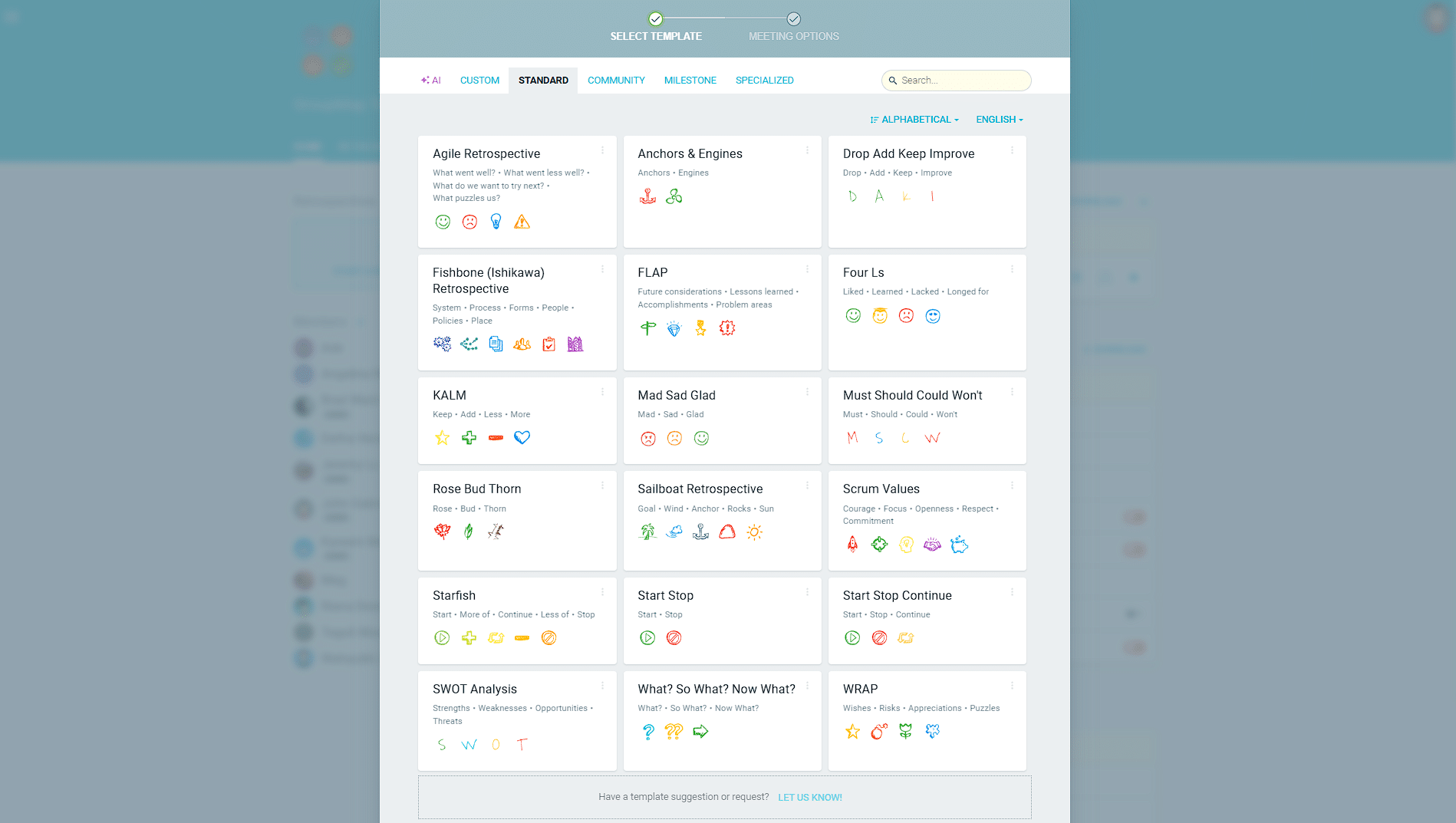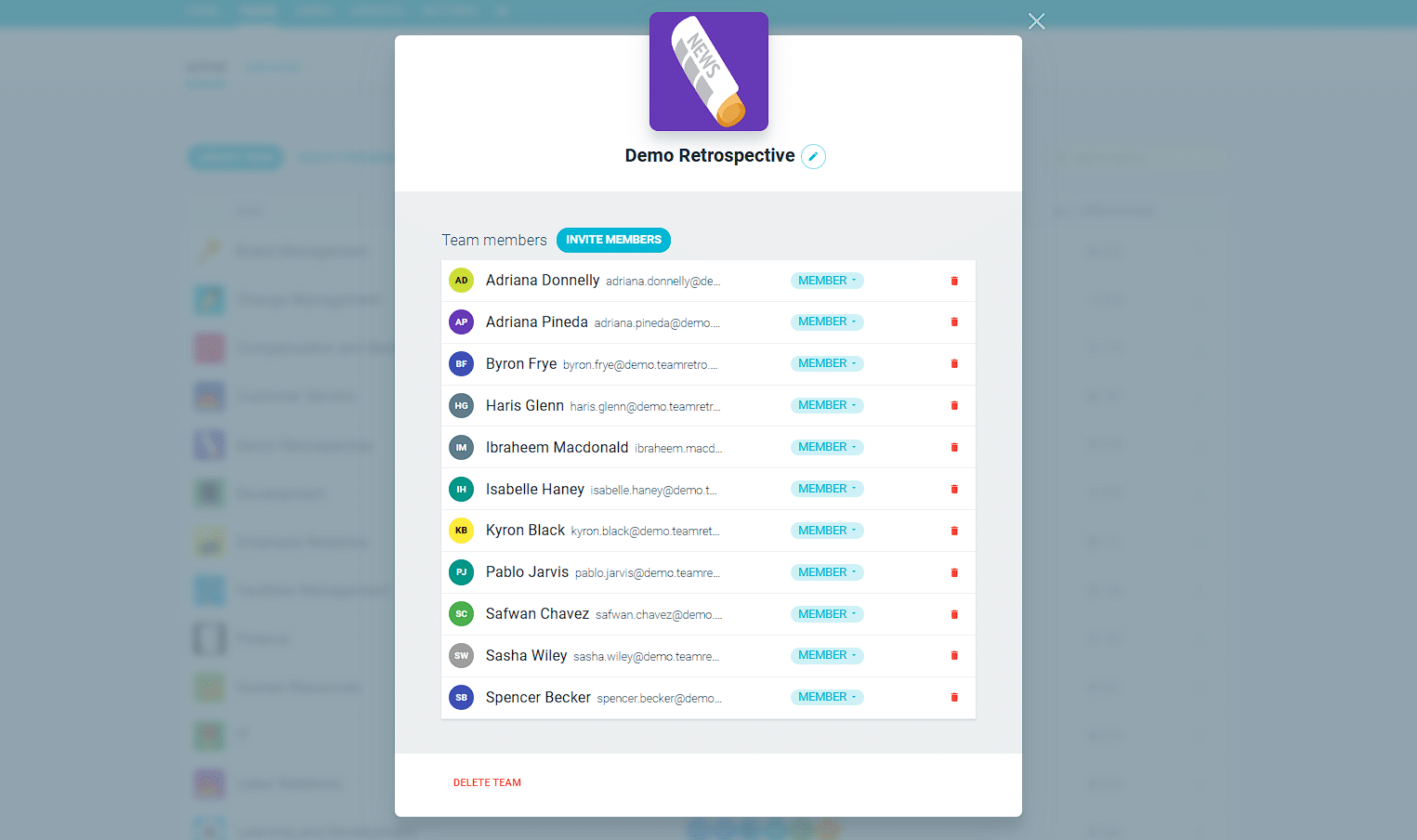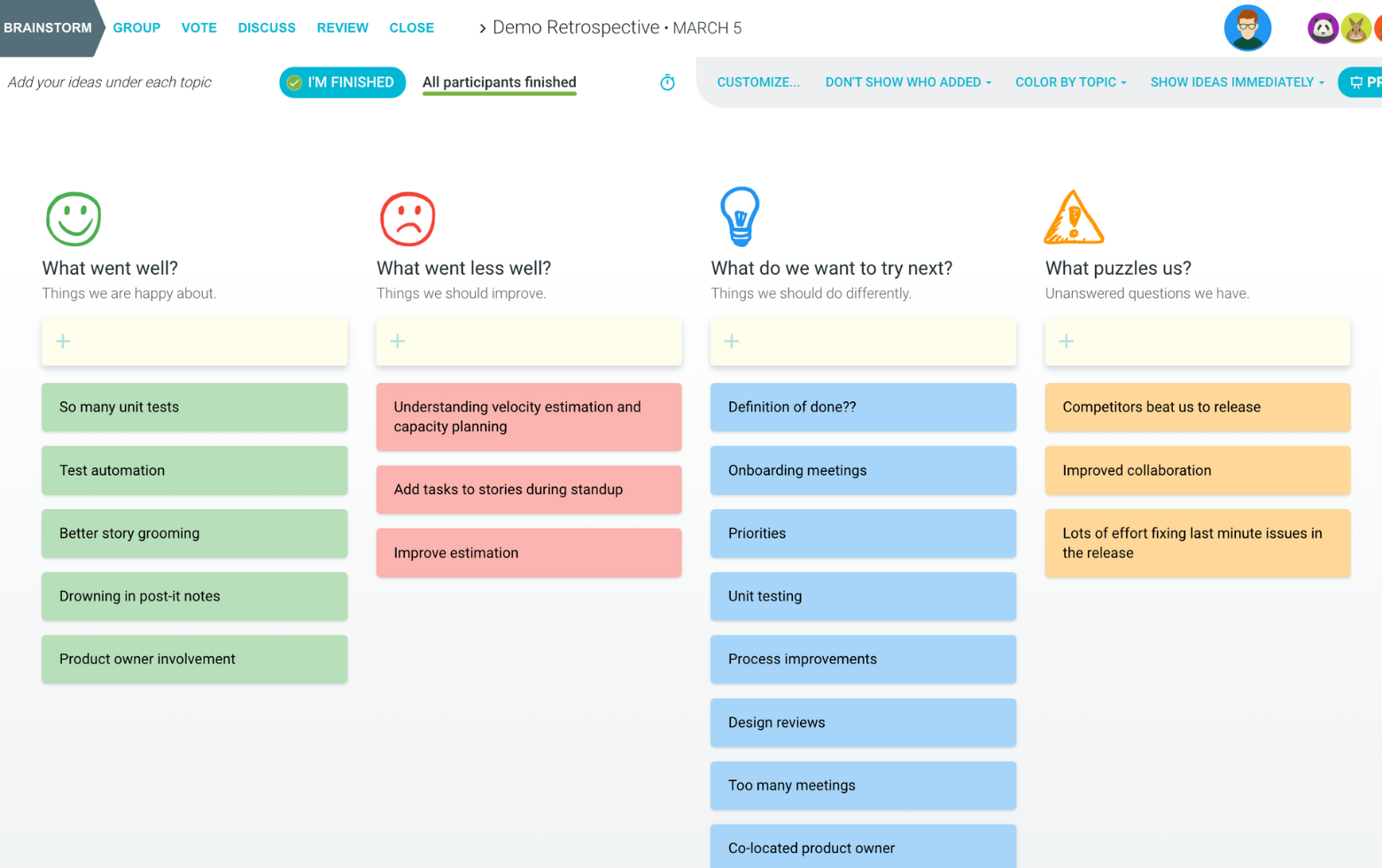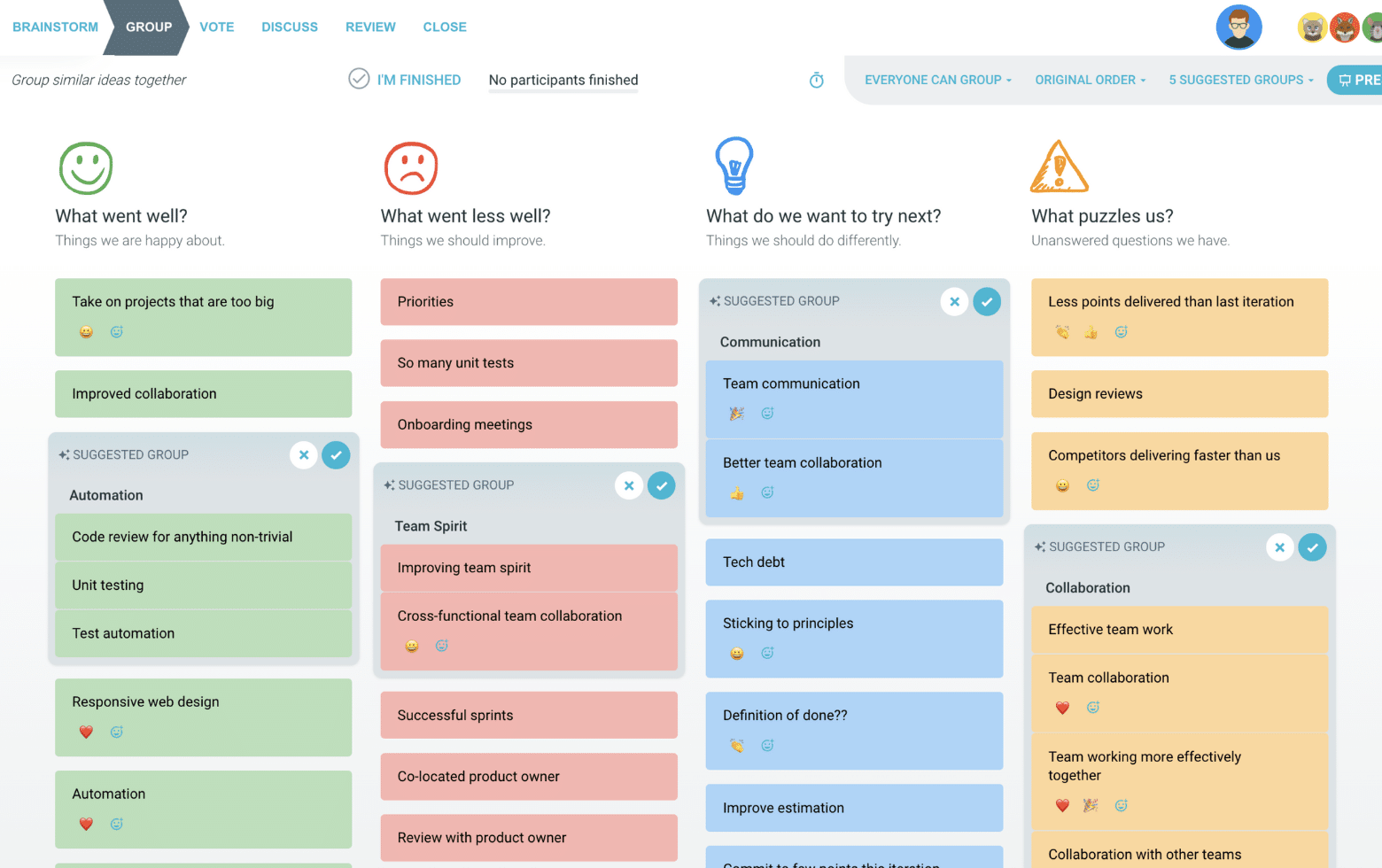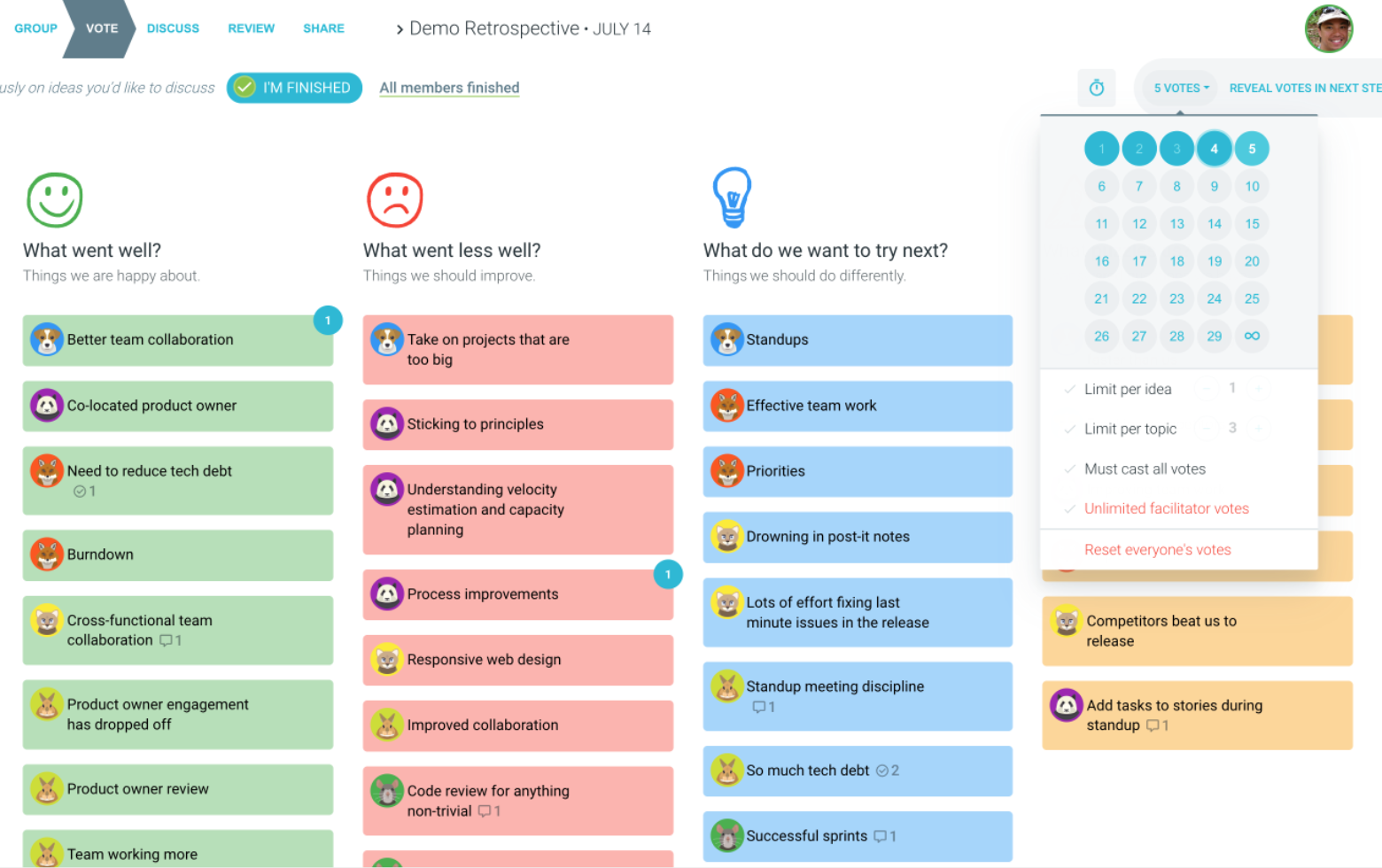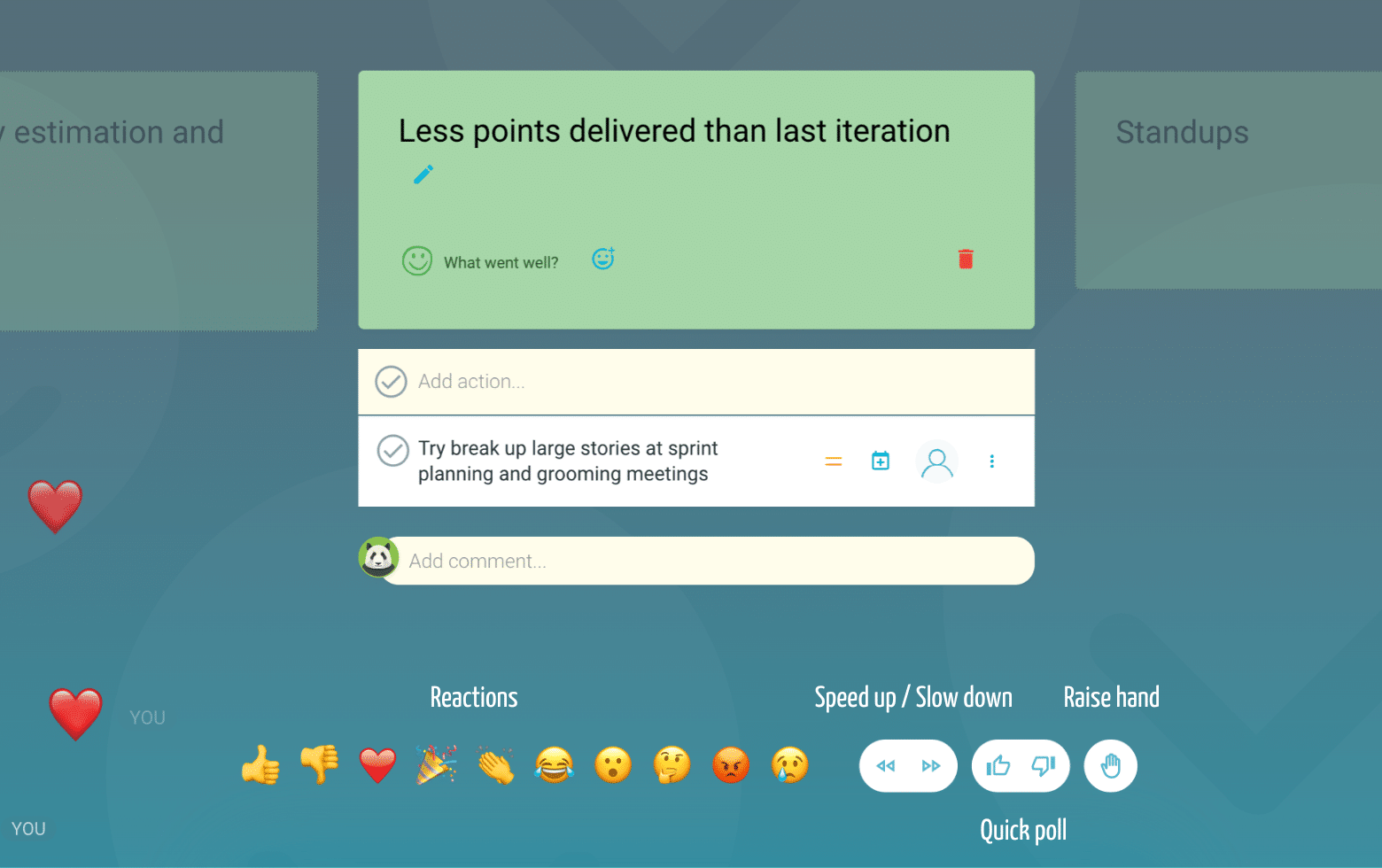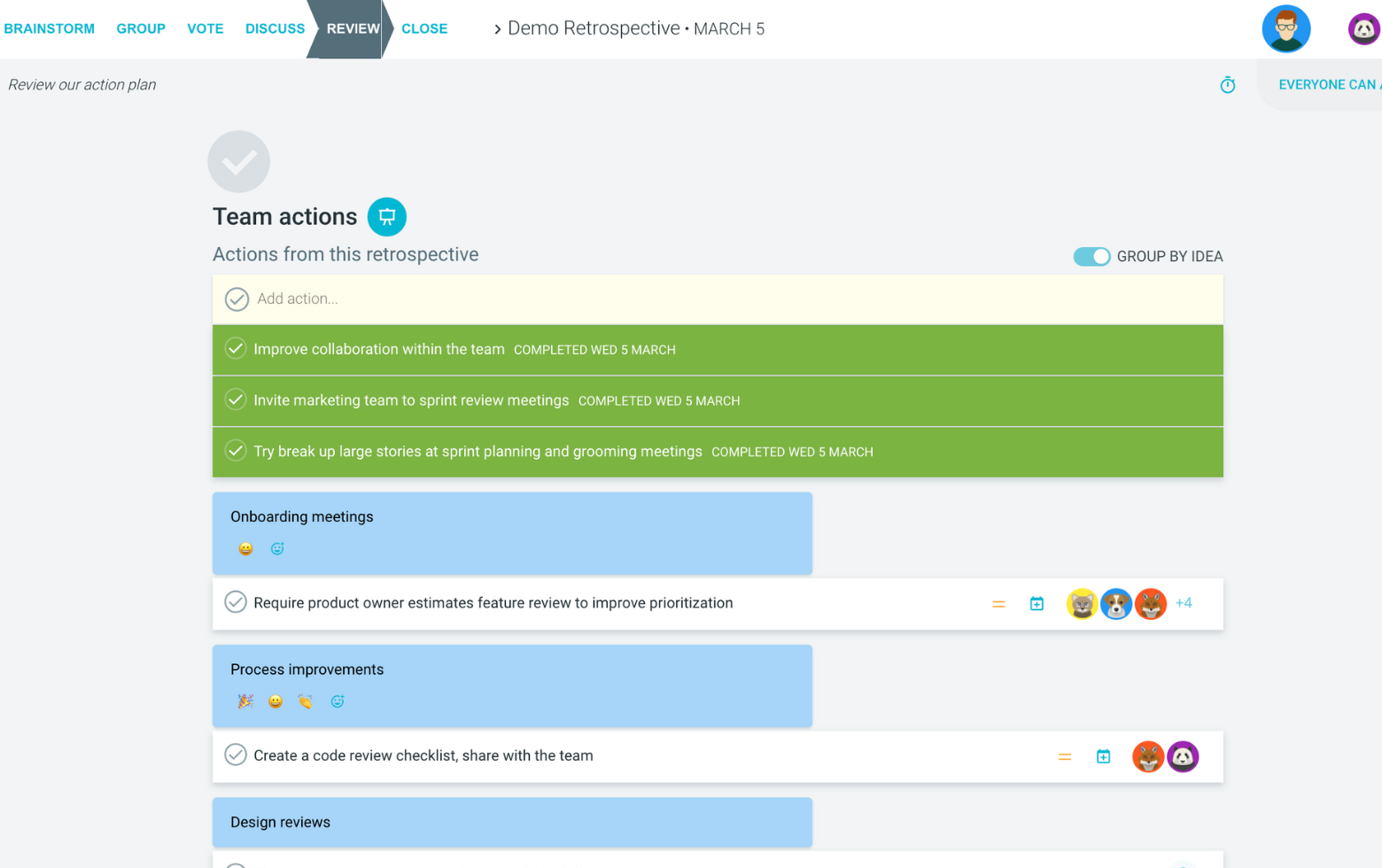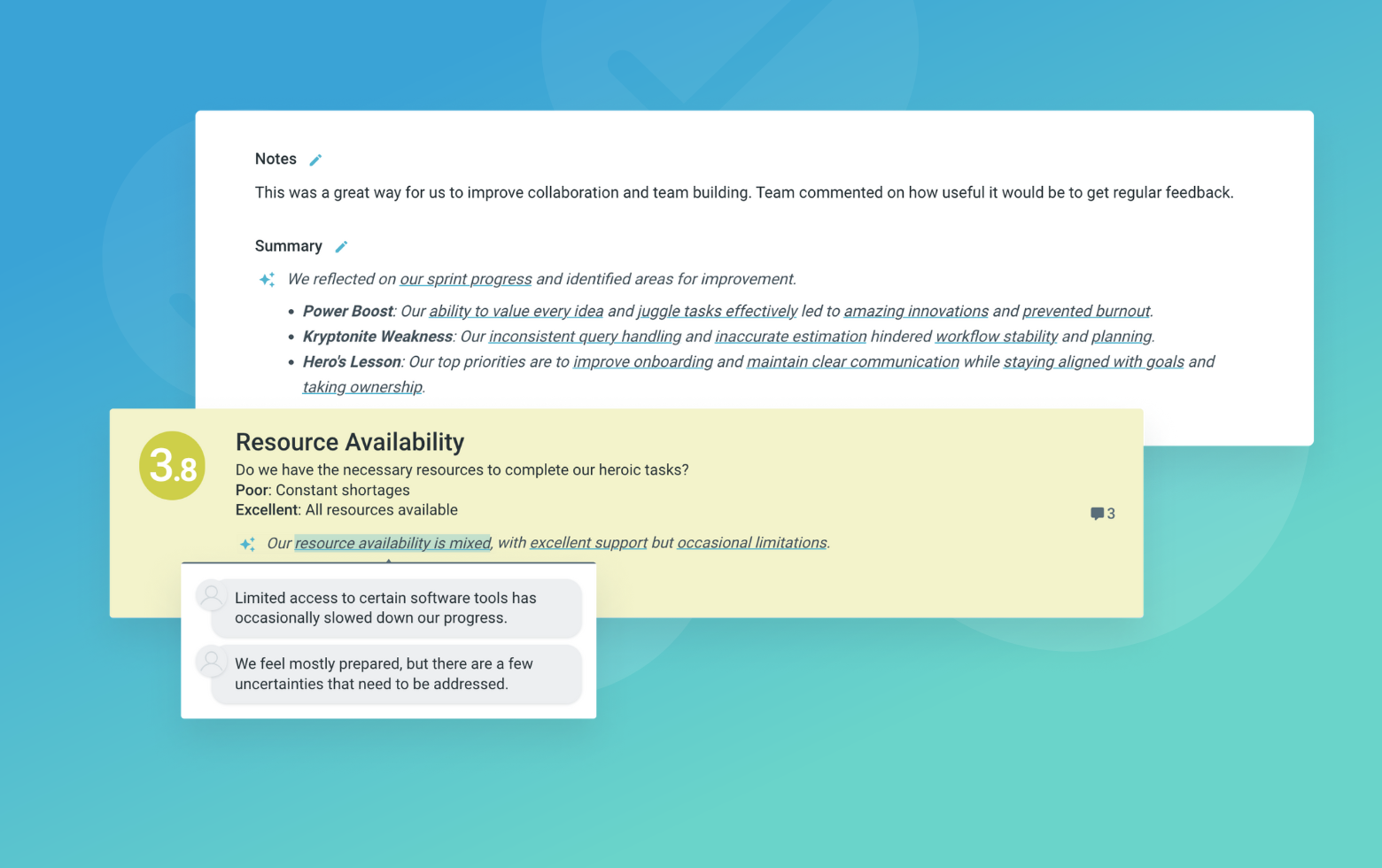A Strategic Alignment Review is a structured process for leadership teams to evaluate their organization's strategic direction, priorities, and readiness for execution. It provides a forum to reflect on progress, identify gaps, and realign efforts for maximum impact.
This activity guides teams through a comprehensive analysis of their strategy, examining key areas such as vision, goals, resources, and capabilities. By fostering open dialogue and leveraging diverse perspectives, teams can uncover insights, address challenges, and ensure alignment across all levels of the organization.
Regularly conducting Strategic Alignment Reviews is crucial for maintaining strategic focus, adapting to changing market conditions, and driving sustainable growth. This template draws inspiration from various strategic planning frameworks and is designed to facilitate productive discussions and actionable outcomes.
What is The Strategic Alignment Review
Vision
Is our strategic vision still relevant and inspiring?
The strategic vision serves as the guiding light for the organization, defining its purpose, aspirations, and desired future state. Facilitators should encourage open discussions around the clarity, relevance, and inspirational power of the current vision statement. Explore whether it resonates with stakeholders, aligns with market trends, and motivates the team to strive for excellence.
Goals
Are our strategic goals well-defined and achievable?
Strategic goals translate the organization's vision into specific, measurable objectives that guide decision-making and resource allocation. Facilitators should encourage participants to critically evaluate the clarity, relevance, and achievability of the current strategic goals. Explore whether they are aligned with the vision, address key priorities, and are supported by realistic action plans and metrics.
Current Priorities
Are our strategic priorities clearly defined and aligned?
Strategic priorities represent the key areas of focus and investment that will drive the achievement of the organization's goals. Facilitators should encourage participants to assess the clarity, alignment, and prioritization of the current strategic priorities. Explore whether they are well-defined, mutually reinforcing, and appropriately balanced across short-term and long-term objectives.
Organizational Capabilities
Do we have the right capabilities to execute our strategy?
Organizational capabilities refer to the collective skills, knowledge, processes, and resources that enable an organization to achieve its strategic objectives. Facilitators should encourage participants to critically assess the organization's current capabilities and identify any gaps or areas for improvement. Explore whether the existing capabilities are aligned with the strategic priorities and whether there are opportunities for capability development or acquisition.
Stakeholder Engagement
Are we effectively engaging and aligning with key stakeholders?
Stakeholder engagement and alignment are critical for ensuring the successful execution of strategic initiatives. Facilitators should encourage participants to reflect on the organization's relationships and communication with key stakeholders, such as customers, employees, partners, investors, and regulatory bodies. Explore whether their needs and expectations are being adequately addressed and whether there are opportunities for deeper collaboration and alignment.
Risks and opportunities
Are we effectively identifying and mitigating risks and seizing opportunities?
Effective strategy execution requires a proactive approach to risk management and opportunity identification. Facilitators should encourage participants to critically assess the organization's processes for identifying, evaluating, and responding to potential risks and opportunities. Explore whether there are any blind spots or areas for improvement in terms of risk mitigation strategies and opportunity capture mechanisms.
Suggested icebreaker questions
- If our organization were an animal, what animal would it be and why?
- If you could add one word to our organization's vision statement, what would it be and why?
Ideas and tips for your retrospective meeting
- Encourage open and honest dialogue by creating a safe and inclusive environment for diverse perspectives to be shared.
- Leverage data and insights from various sources, such as market research, customer feedback, and internal performance metrics, to inform the discussions and decision-making.
- Involve cross-functional teams and subject matter experts to ensure a comprehensive understanding of the organization's capabilities, challenges, and opportunities.
- Consider engaging external facilitators or consultants to provide an objective and fresh perspective on the organization's strategic alignment.
- Establish clear action items and accountability measures to ensure that the insights and decisions from the Strategic Alignment Review are effectively implemented and monitored.
- Schedule regular follow-up sessions to track progress, address emerging issues, and maintain strategic alignment as the organization evolves.
.
How to run effective meetings with TeamRetro
Start Your Session in a Click
Log into TeamRetro and choose your template. Customise questions and the workflow to create your perfect retro for your team.
Create Your Team Easily – No Separate Accounts Needed
Brainstorm Individually – Free From Bias
Smart Grouping for Faster Insights
Fair, Flexible, and Fast Voting
Engage, React, and Capture Key Insights
Walk your team through ideas one by one with Presentation Mode. Stay in sync, spark real-time discussions, and capture feedback with comments, live reactions, and polls—all in one place.
Turn Ideas Into Action
Propose next steps with team buy-in, get AI-powered action suggestions, and keep everything in one place. Committed actions sync to your personal dashboard and integrate with your workflow tools—keeping you on track.
Save, Share, and Stay on Track
Get quick AI-powered summaries, add facilitator notes, and store retrospectives in your library for easy access. Schedule your next session and track published actions to keep your team accountable at the next retro.
Turn Team Data into Actionable Insights
Uncover trends, common themes, and key engagement metrics at a glance. Track sentiment shifts, analyze conversations, and monitor completed actions to drive continuous improvement.
